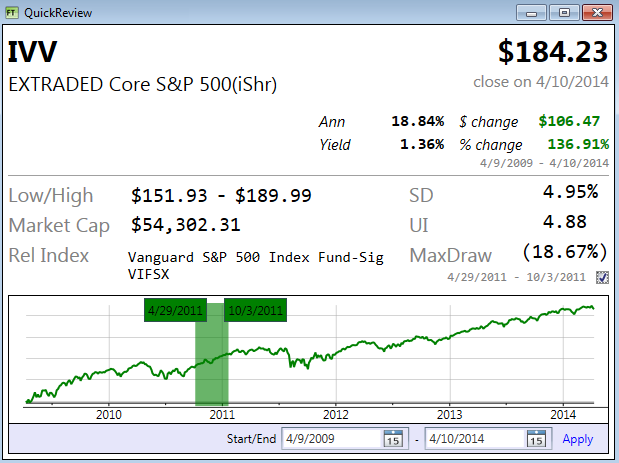How to Use Statistical Analysis With Mutual Funds
Post on: 4 Апрель, 2015 No Comment

Best Quantitative Measures for the Best Performance Results
You can opt-out at any time.
Please refer to our privacy policy for contact information.
Fortunately, you don’t have to be a math wizard to use statistical analysis in mutual fund research. All of the key quantitative measures have already been calculated. So your only knowledge or skill is to understand how to use these measures to choose the best mutual funds.
- Beta : Beta, with regard to mutual fund investing, is a measure of a particular fund’s movement (ups and downs) compared to the overall market. For reference, the market is given a beta of 1.00. If a fund’s beta is 1.10, this fund would be expected to have a return of 11% (1.10 is 10% higher than 1.00) in an up market but the same fund would be expected to decline 11% when the market declines 10%.
- R-squared : According to Morningstar. R-squared reflects the percentage of a fund’s movements that can be explained by movements in its benchmark index. An R-squared of 100 indicates that all movements of a fund can be explained by movements in the index. In translation, R-squared helps an investor check how similar a particular fund may be to a given index. For example, if you already have an S&P 500 fund in your portfolio, you won’t want to add another mutual fund with an R-squared of 0.99 because this indicates a correlation of 99% to the S&P 500. The new prospective fund would perform almost identical to the S&P 500 fund already in your portfolio. That’s not diversification!
- Alpha . This is a measure that can give you an idea how much value the fund manager adds to (or subtracts from) the mutual fund. Alpha gives an expectation of returns above (or below) what the beta would predict. Following our example in beta (above), if the beta is 1.10 and the market moves higher by 10%, a fund with a positive alpha would be expected to have a return higher than 11% (the amount predicted by beta). You want to find funds with a positive alpha!
- Sharpe Ratio : Using the Sharpe Ratio, an investor can gain an expectation as to how well the return of a particular mutual fund compensates the investor for the risk taken. Put simply, the higher the Sharpe Ratio, the better. For example, receiving high relative returns for taking an average or below-average level of risk is favorable and Sharpe Ratio can help provide calculated forecasts for this potential outcome.
Disclaimer: The information on this site is provided for discussion purposes only, and should not be misconstrued as investment advice. Under no circumstances does this information represent a recommendation to buy or sell securities.














